The XJ220 is a reminder that boldness, human passion, and a dash of lunacy can produce something truly unforgettable.
You see, the XJ220 didn’t begin life as some boardroom decree. It was born of clerical insomnia and garage‑after‑hours mischief. Back in late 1987, Jaguar’s engineering director, Jim Randle, spent his Christmas holidays drafting a ¼‑scale clay/cardboard model — not for a commissioned project, but because, well, he thought, “Why not?” That embryo project gathered volunteers (“The Saturday Club”) among Jaguar staff, tinkering on weekends and evenings, to conjure what would become one of the most audacious supercars of its time.
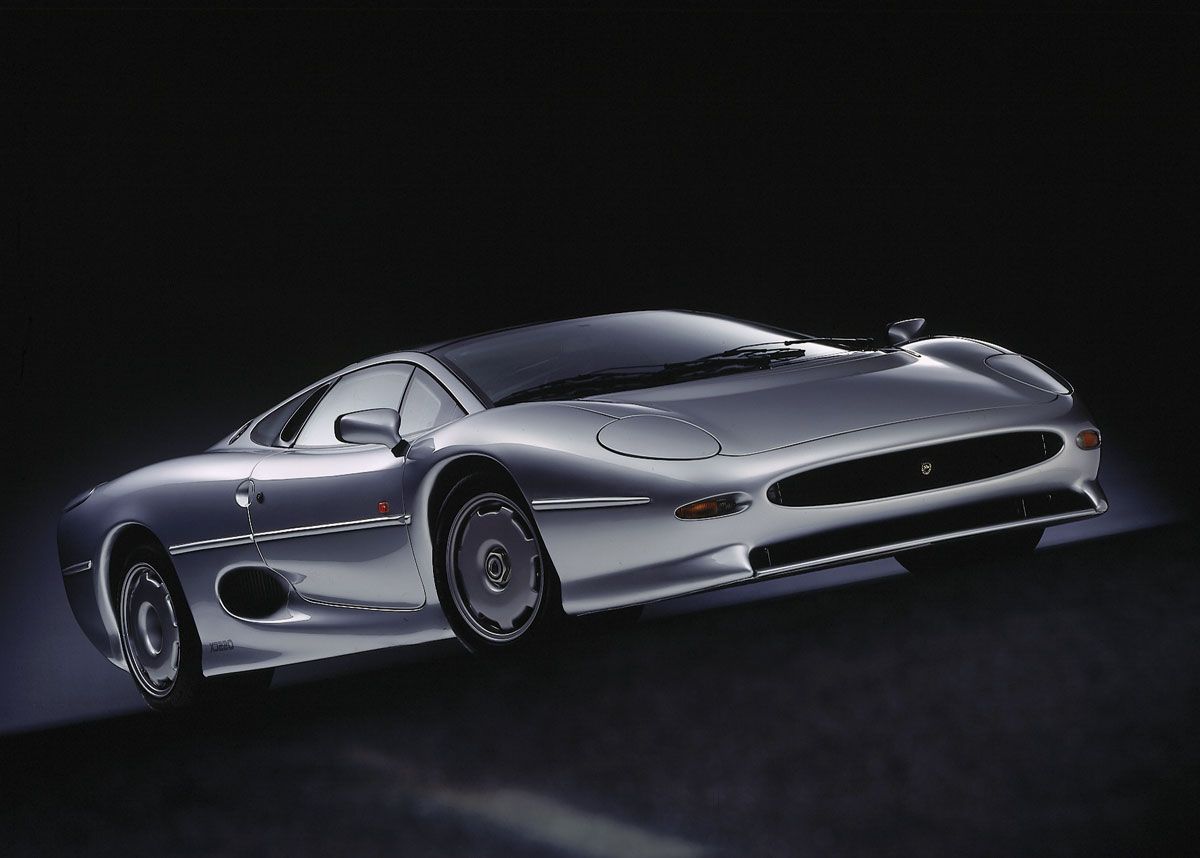
The styling job fell under Keith Helfet’s care (with oversight by Jim Randle and Jaguar folks) and was meant to channel Jaguar’s past — sleek, lithe, with a nod to the classic D‑Types and XK lines — but also push into the future. The name “XJ220” was literal: the target top speed in mph was 220 — ambitious but not delusional.
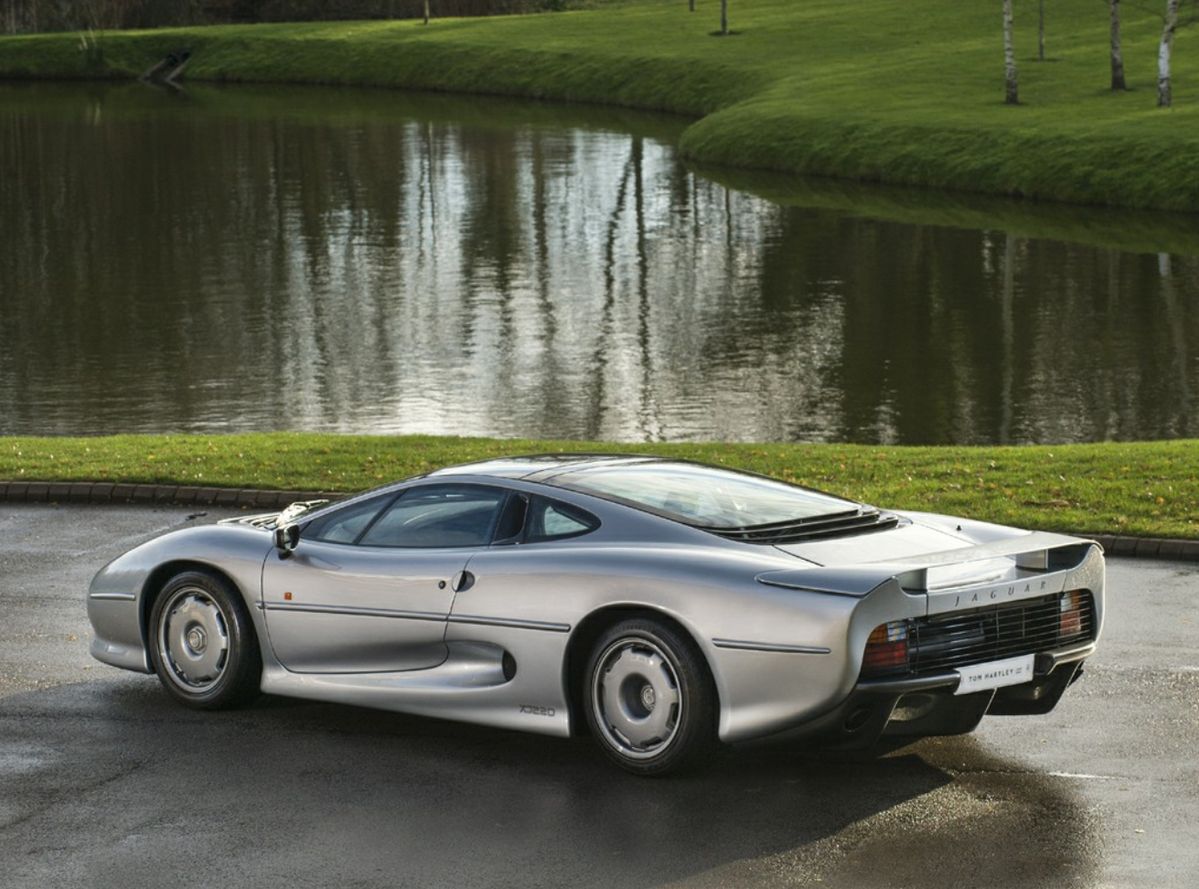
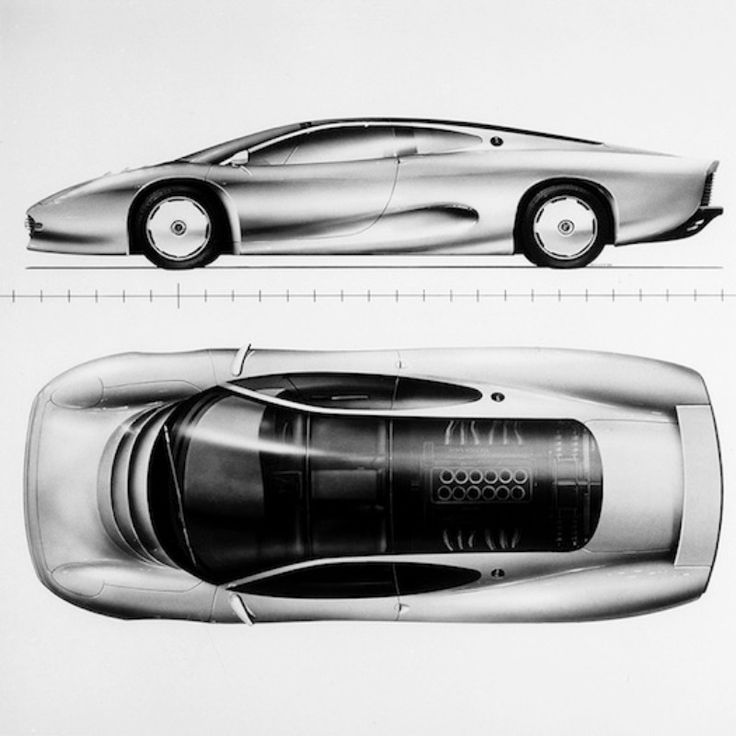
When it came to turning that concept into a real road-going beast, Jaguar partnered with Tom Walkinshaw’s TWR — yes, the same engineering/racing group behind Jaguar’s Le Mans programs. The concept started life with a 6.2 L V12 and even a four-wheel drive layout, but in the crucible of emissions regs, weight constraints, and cost, many changes came.
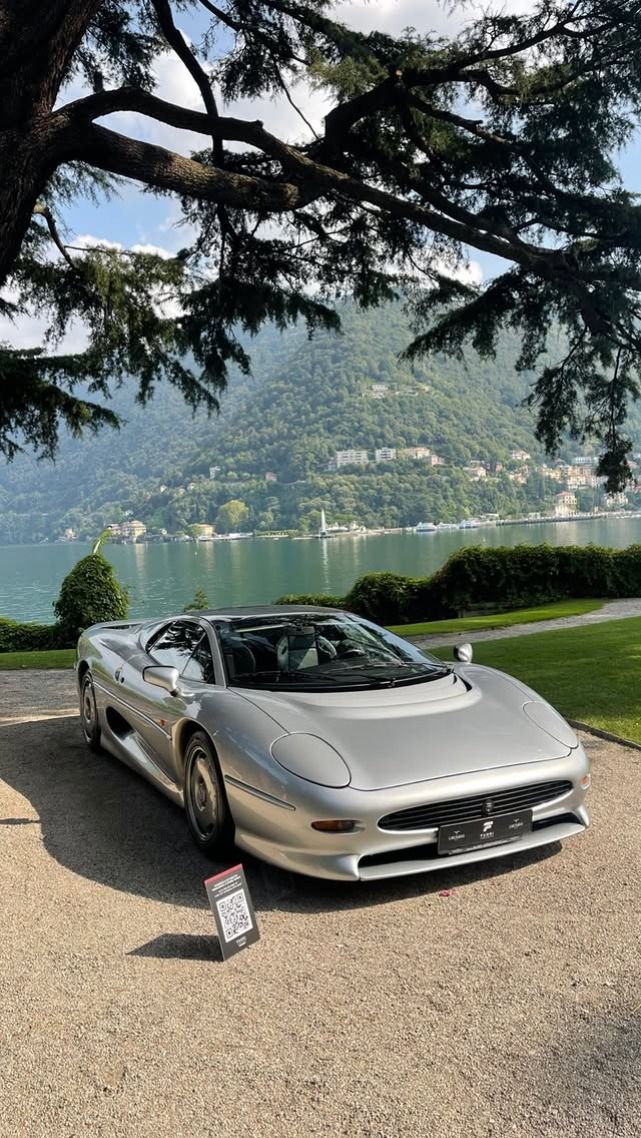

The V12 was scrapped in favor of a compact twin‑turbo V6 (derived via TWR’s prior racing work, with Garrett turbos) giving about 550 PS and 475 lb·ft (~645 Nm) of torque in its final tune. Four‑wheel drive was also dropped — the production XJ220 became rear-wheel drive via a transaxle with viscous coupling limited-slip diff.
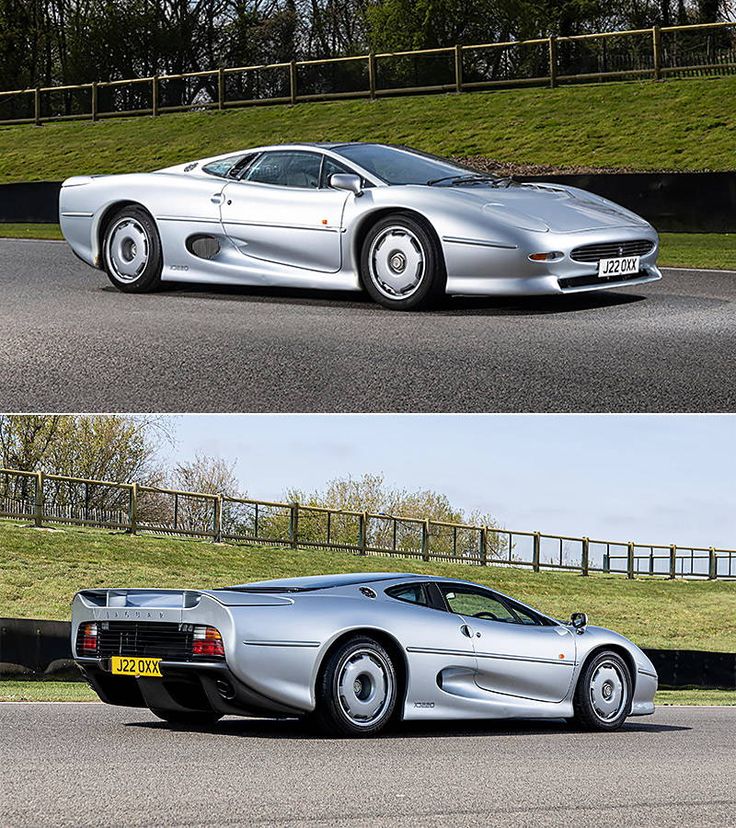
Jaguar’s engineers trimmed and refined: an aluminium chassis made via bonded/honeycomb structure was kept, the aerodynamics were honed (including underbody airflow and venturi effect), and modest active systems (adjustable aero, rear-wheel steering) were largely abandoned for simplicity and reliability. The body panels, too, remained aluminum and were manufactured by specialist firms and then shipped for final assembly at Bloxham, Oxfordshire.
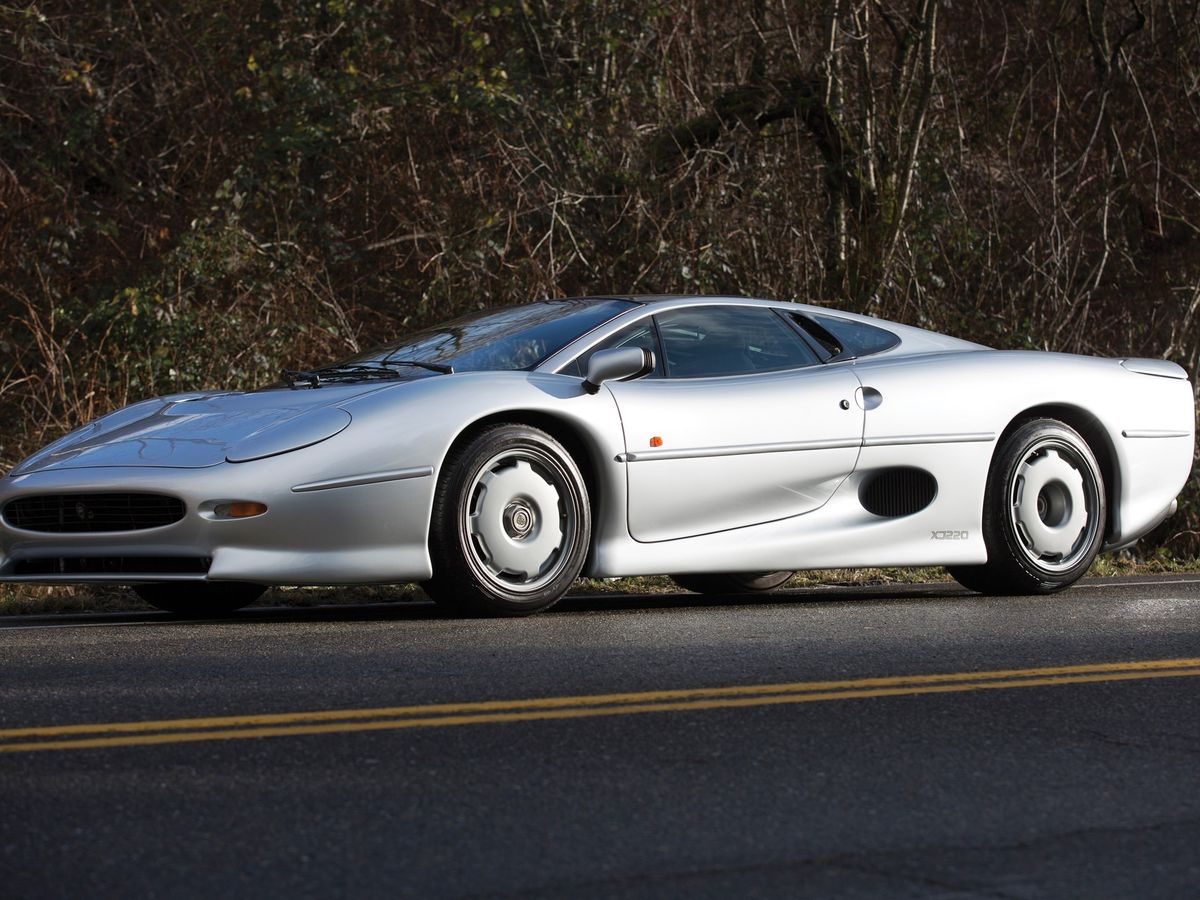
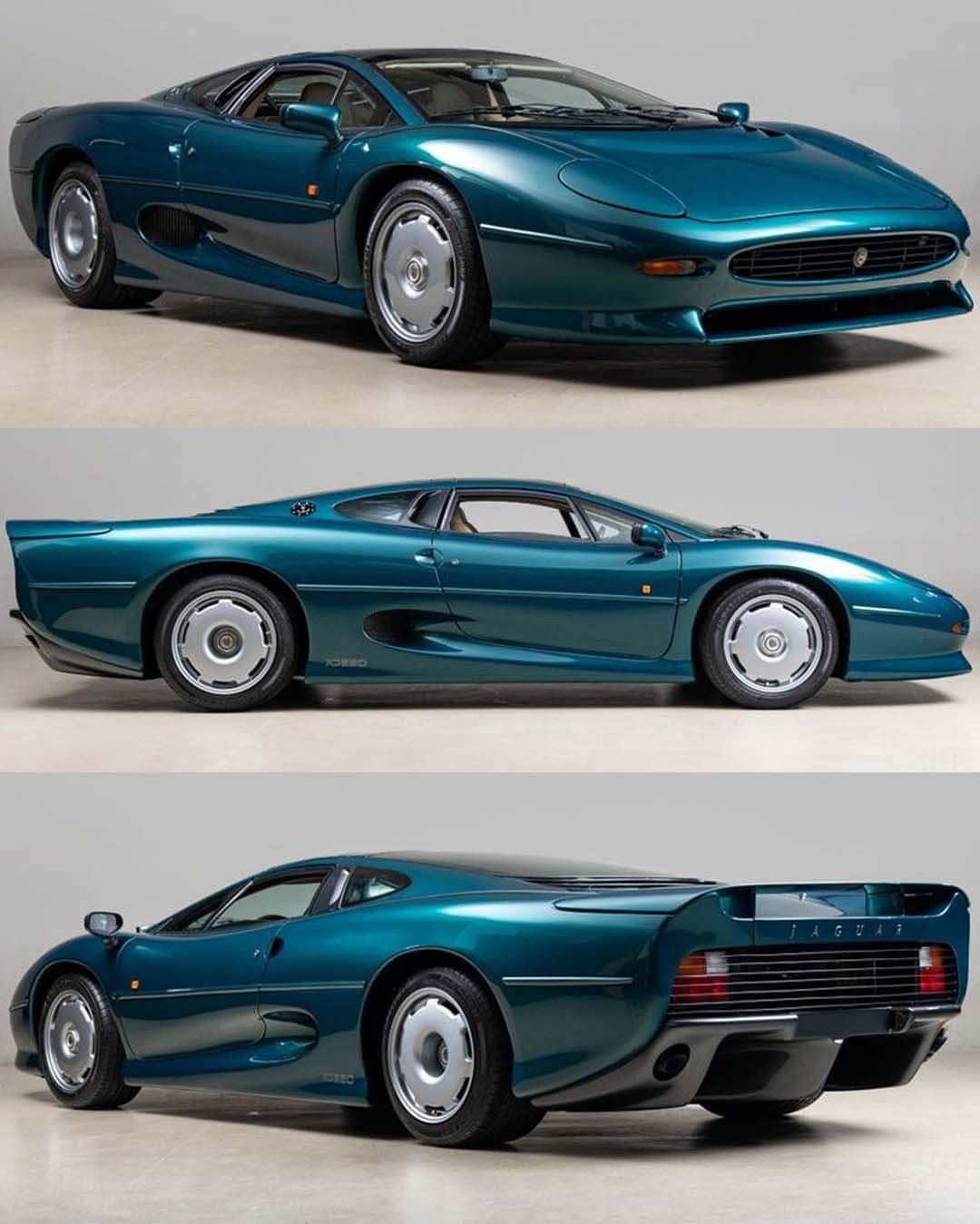
In October 1991, Jaguar unveiled the production version; Diana, Princess of Wales, was invited to officially open the Bloxham factory and present the first car. That same year, one of the prototypes was pushed at Fort Stockton, Texas, and later, at Nardò in Italy, Martin Brundle piloted a de‑catalyzed, de‑rev‑limited version to 217.1 mph — a headline-grabbing figure that held the Guinness record for a production car (for a time).
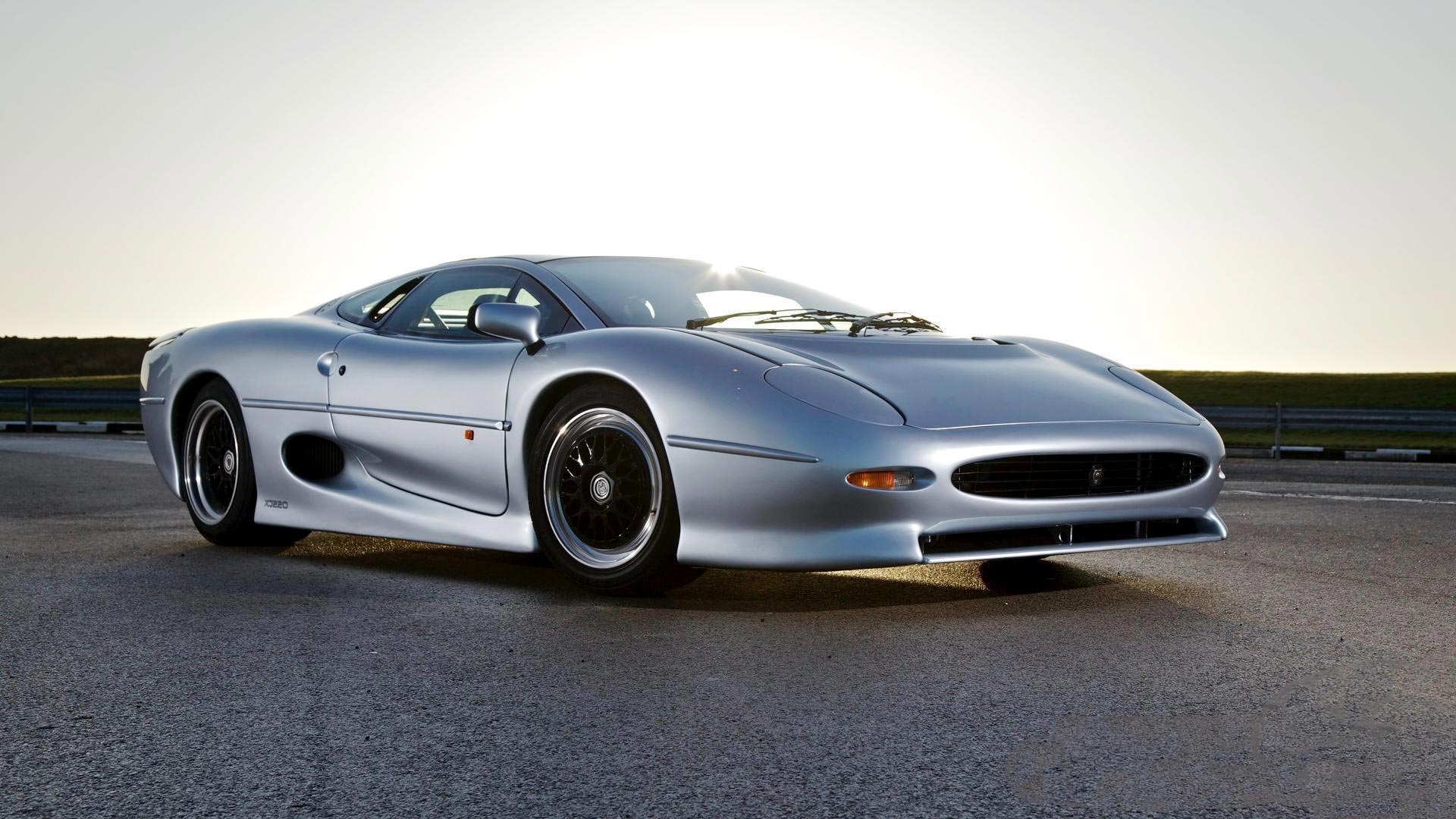
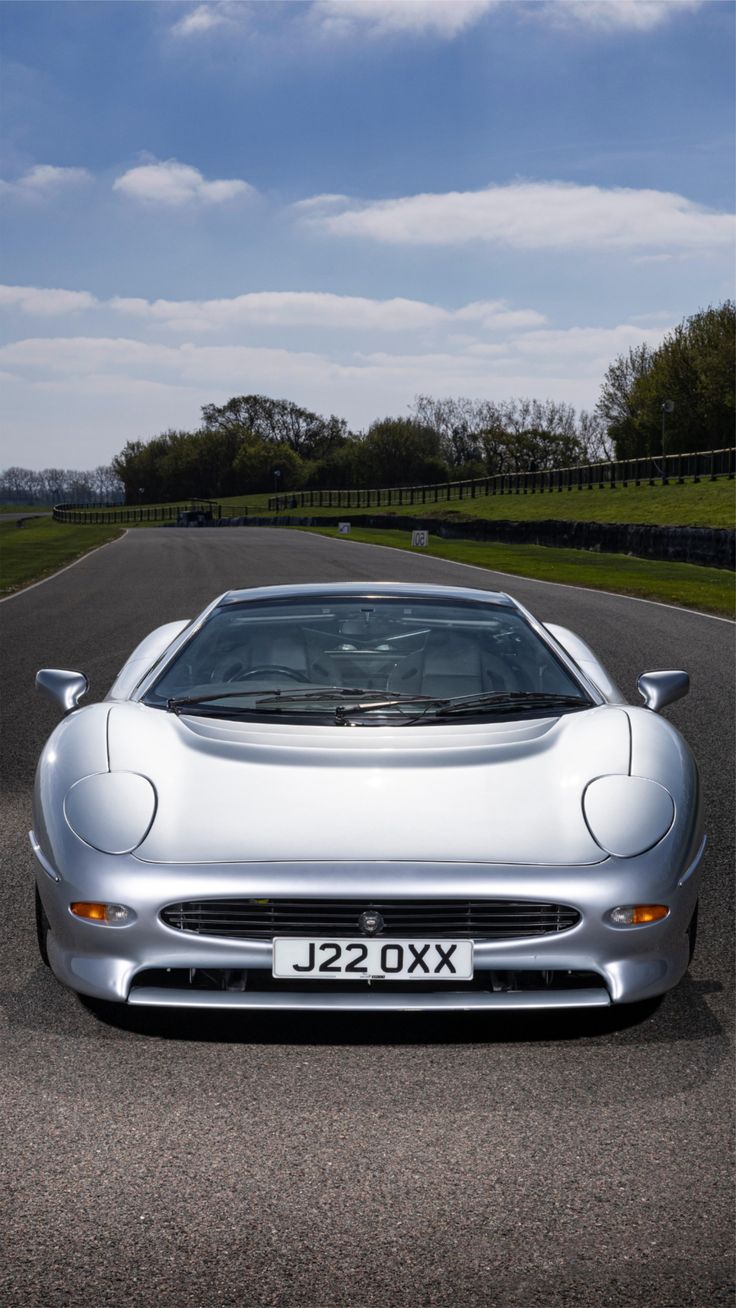
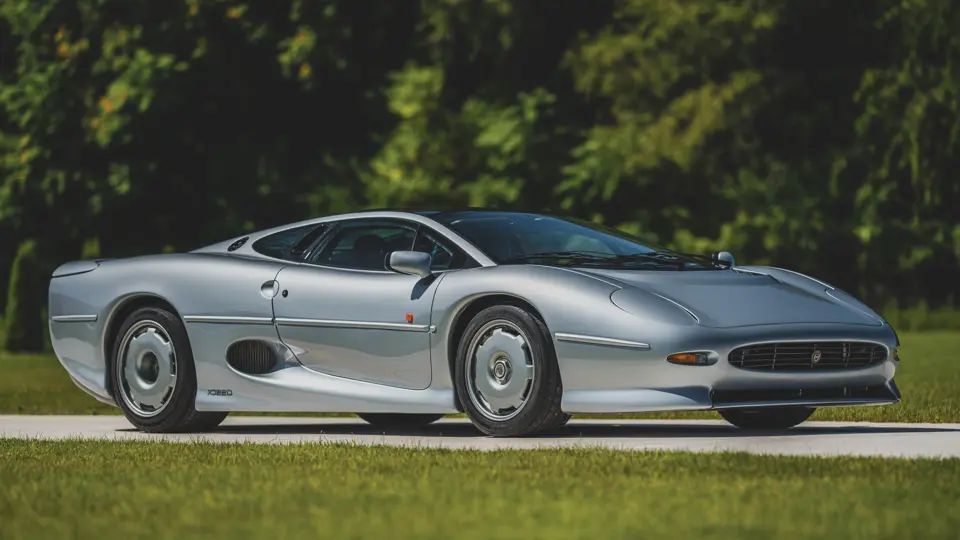
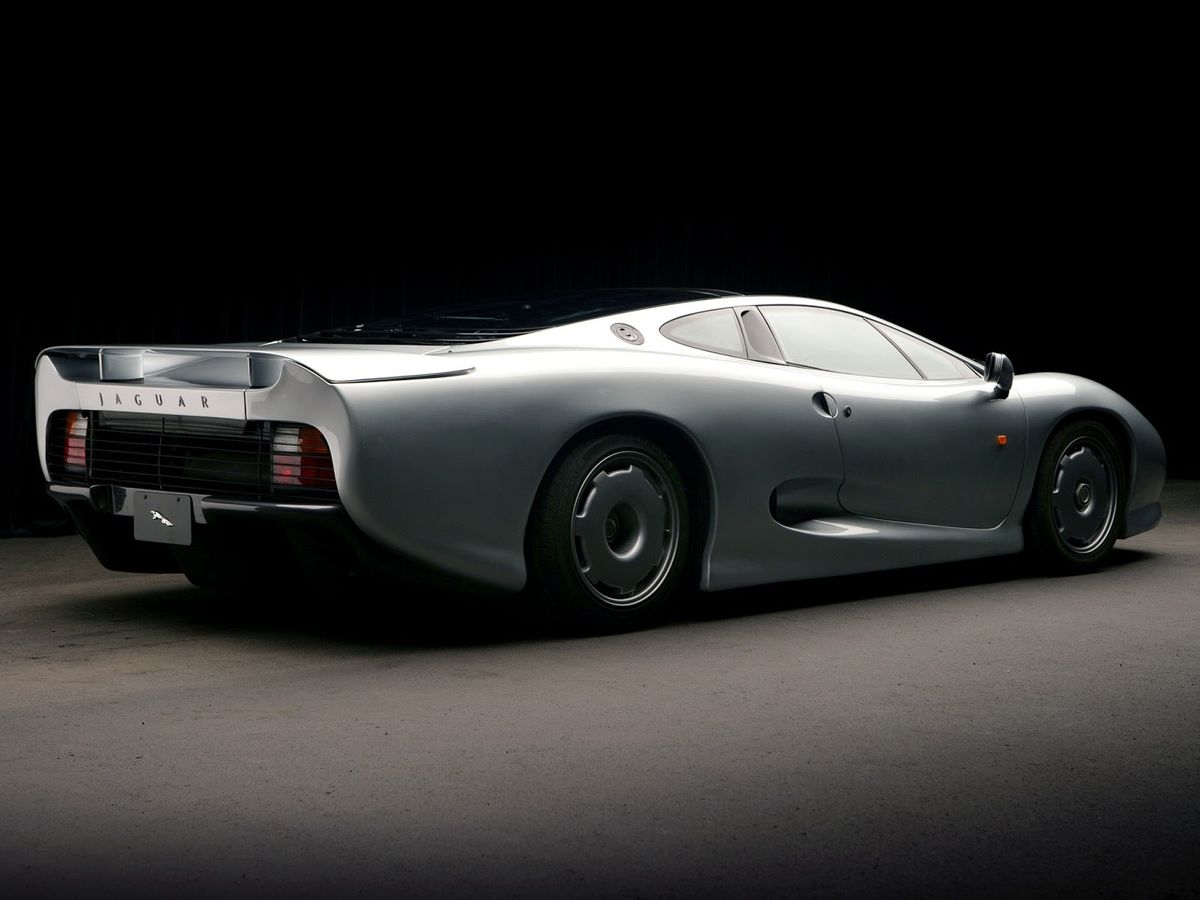
But — and Clarkson would savor this irony — in the twisty bits of real life, the XJ220 was often less fawned over than gawped at. On everyday roads, its first gear was too tall, the clutch could be rattly, the transmission sometimes groaned, and in low revs it was not subtle. Journalists adored its composure and high-speed stability, but they also poked at how in traffic it behaved like a stubborn beast.
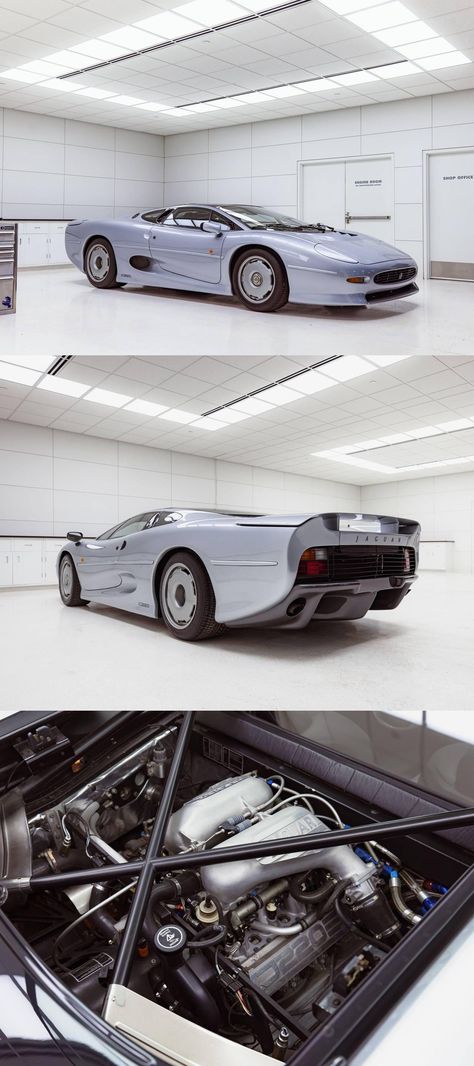
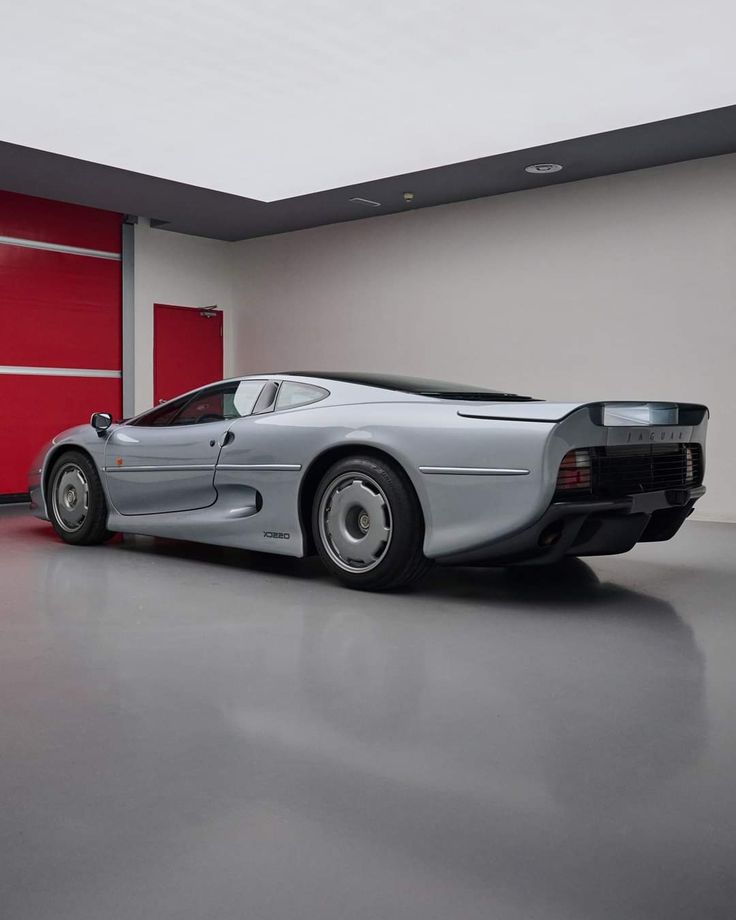
Still, the car found its way to the track. In 1993, the XJ220‑C (the racing version) attempted the 24 Hours of Le Mans. A Jaguar-entered car driven by John Nielsen, David Brabham and David Coulthard finished first in the GT class — but then was disqualified over catalytic converter irregularities (it was entered under IMSA GT but raced without catalyzers). The vineyard of bureaucracy spoiled the vintage. In subsequent years, privateer XJ220s contested European GT fields, but they were up against a fast-shifting hypercar landscape.
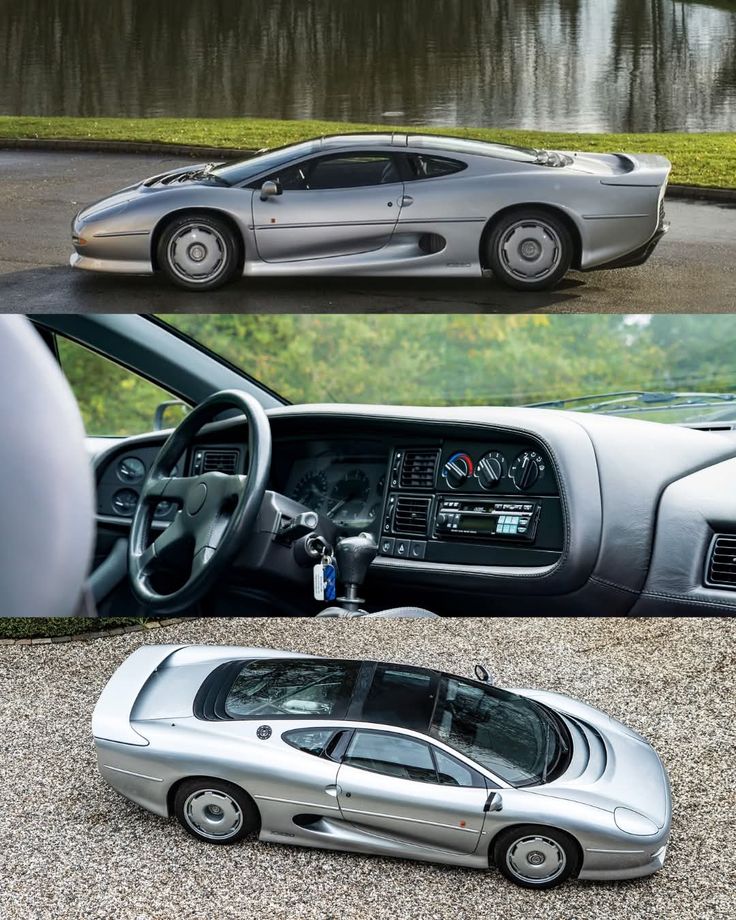
Production ran from 1992 to 1994; total units built were around 281 — far fewer than originally planned. Because of the global early ’90s recession, some buyers even reneged on deposits when the spec changes horrified purists. Over the years, specialist outfits — Don Law Racing among them — became the custodians of XJ220 maintenance, restoration, and tuning lore, keeping this rare beast alive.
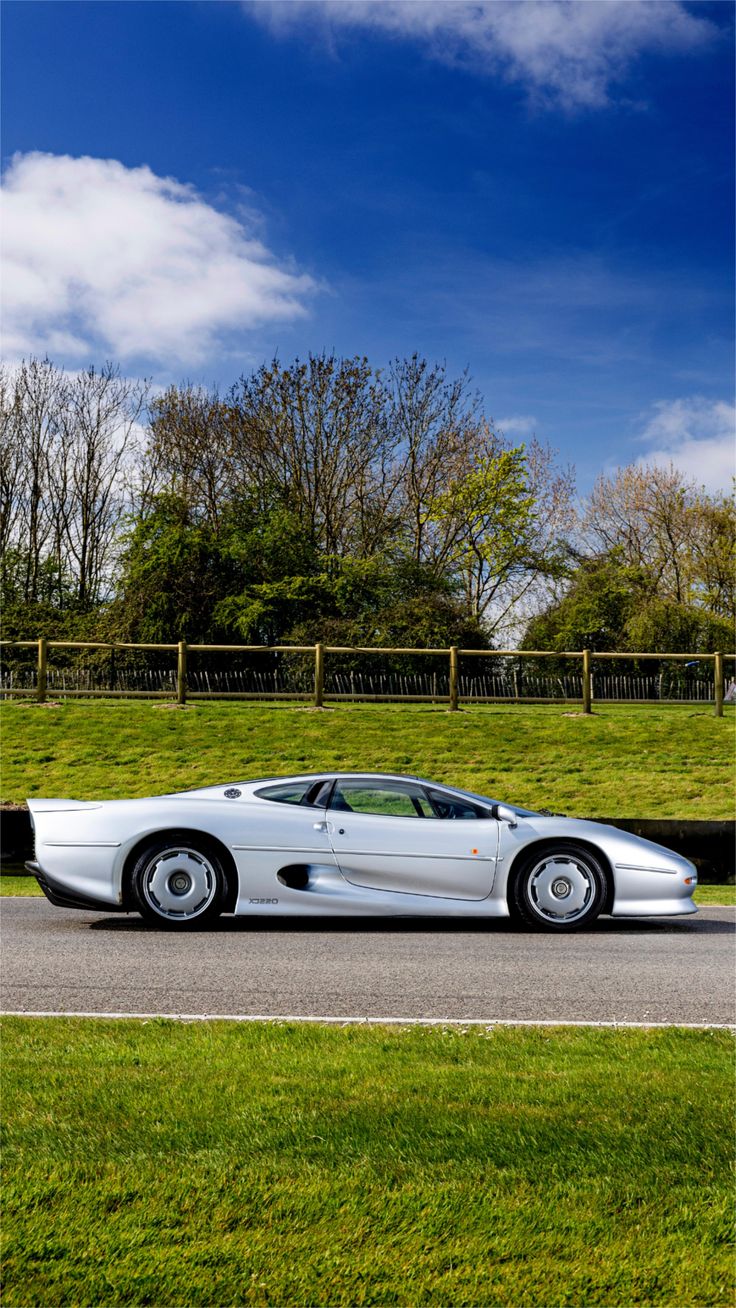
What makes the XJ220 endure, beyond raw speed, is what Clarkson would call its “characterful contradictions.” It was born of whim and audacity, forced through the machine of engineering reality, and morphed into a supercar that balanced grand touring polish with ferocious performance. It never courted easy popularity; it demanded respect (or bewilderment). In today’s era of hypercars with hundreds of engineers, software updates, and carbon fibre everything, the XJ220 is a reminder that boldness, human passion, and a dash of lunacy can produce something truly unforgettable.
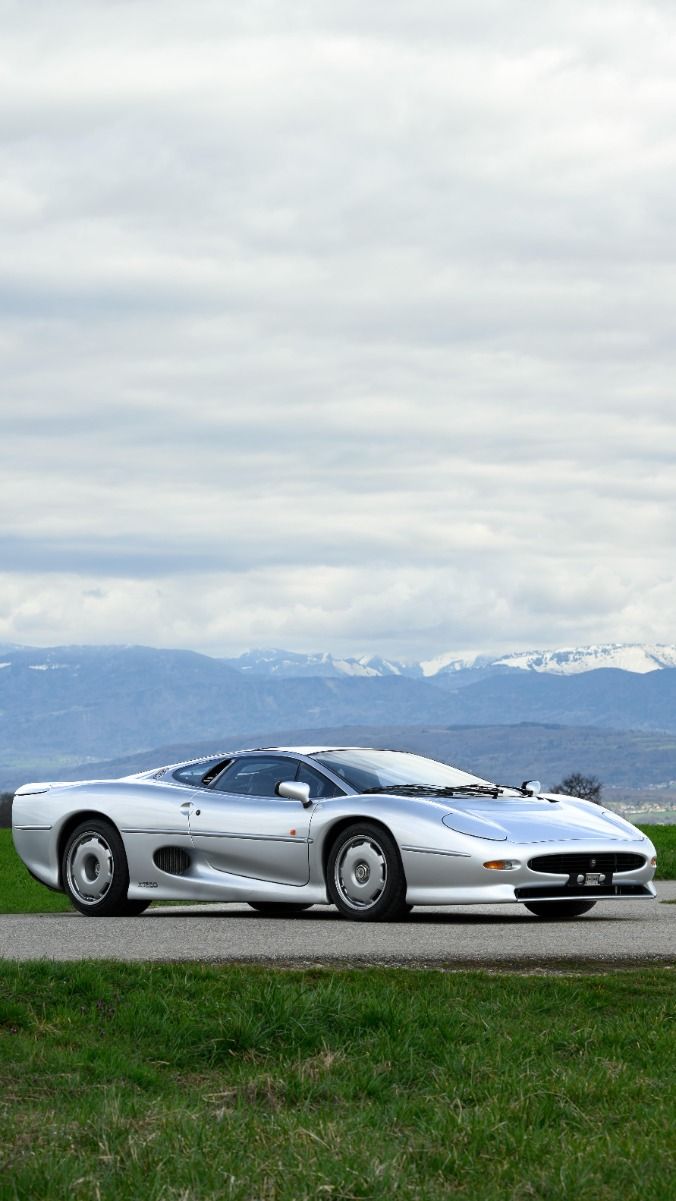
-